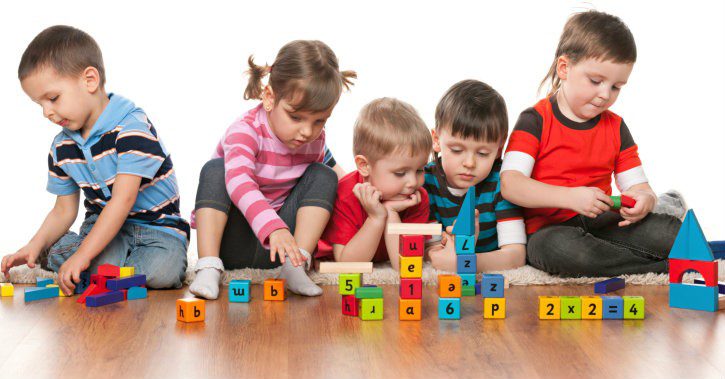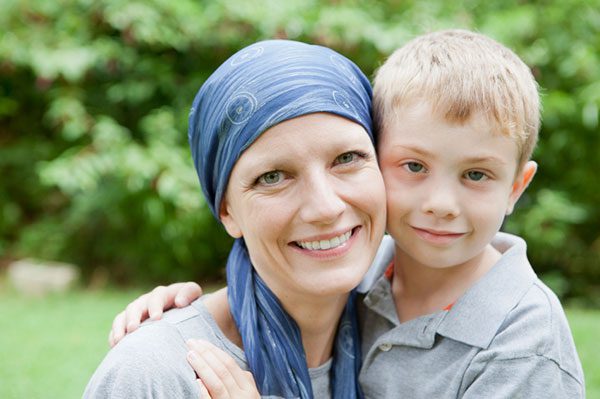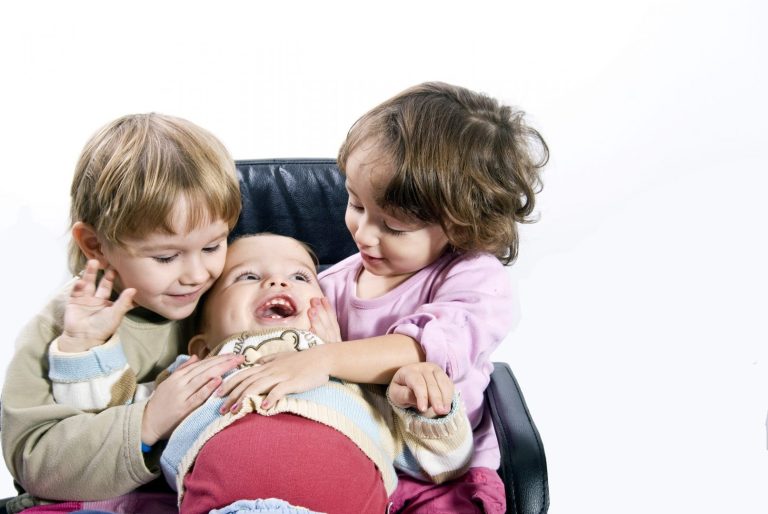What helps children most when there is a death in the family ?
Keep the child’s life as “normal” as possible after the death of a loved one. For example, if the child’s parent dies, it is much better for the child to keep living in the family home as this provides them with a sense of comfort and security. Taking them out of their home and thereby disrupting their routine, will mean another loss for the child so, if circumstances allow it, minimize their losses for the time being.
Participating in funerals in whatever way they feel most comfortable can help children make sense of death. It also helps them in the grieving process of accepting that a loved one is no longer alive and to provide closure through an opportunity to say goodbye.
Children express grief differently from adults, so do not expect them to look sad or to cry. Their grief may instead, show itself in unusual or difficult behaviour – this is often a result of their inability to deal with, or talk about their feelings. Just let them know that, while disruptive behaviour is not acceptable, it is ok to feel sad, confused and angry.
– When to seek help ?
Most children adjust emotionally within a year of the loss of their loved one. Some, however, develop problems that require professional attention. Things to watch out for include long-term sadness, denial of the death, refusal to talk about the topic, lack of sleep, loss of appetite, and feelings of guilt.
Death is part of life, and rather than protecting children from the reality of death we should provide them with ways to cope with it. Talking about death is necessary and potentially much more beneficial to children than creating an aura of mystery and fear through our adult conspiracy of silence. It is worth remembering that children reach to the response of the adults around them. If a child sees that grief and sadness are overwhelming the adult, they may be scared of such intense, negative emotions. Likewise, an adult in denial may confuse a child and limit their grieving process. It is important therefore, that the responsible adult acknowledges and addresses their own emotional needs so that they can offer a secure and loving environment for the child to deal with death and its aftermath.
– ingrid@willingness.com.mt






